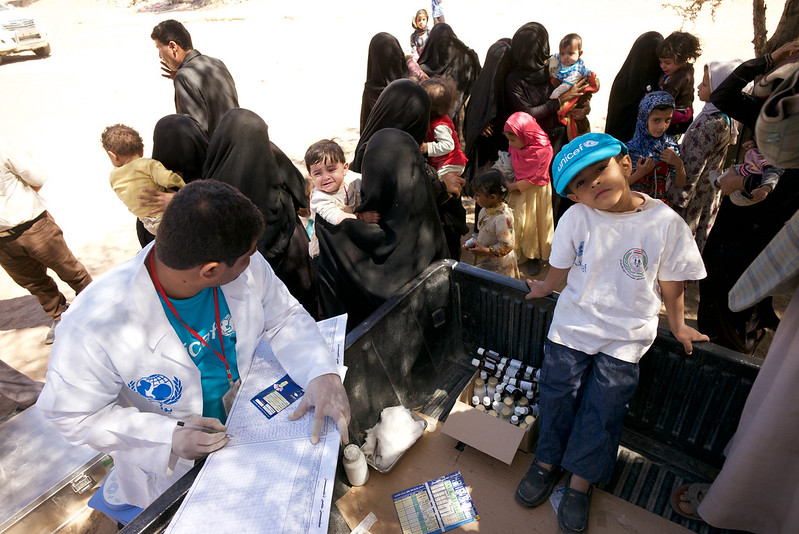 Amid the civil conflict in Yemen, neglected tropical diseases such as dengue, leishmaniasis and schistosomiasis are severely impacting citizens and challenging the country’s public health sector. For a time, these diseases became prevalent across Yemen. Fortunately, interventions by international NGOs, including the World Health Organization (WHO) and the Drugs for Neglected Diseases initiative (DNDi), have been instrumental in curbing the spread of these diseases.
Amid the civil conflict in Yemen, neglected tropical diseases such as dengue, leishmaniasis and schistosomiasis are severely impacting citizens and challenging the country’s public health sector. For a time, these diseases became prevalent across Yemen. Fortunately, interventions by international NGOs, including the World Health Organization (WHO) and the Drugs for Neglected Diseases initiative (DNDi), have been instrumental in curbing the spread of these diseases.
Dengue in Yemen
Dengue fever has significantly impacted Yemen, particularly over the past decade, with major outbreaks occurring in 2015 and 2019. Efforts to control the disease’s spread among Yemen’s conflict-affected population have been ongoing. In 2015 alone, Yemen experienced an unprecedented surge in dengue cases, with more than 6,777 suspected instances reported.
In 2019, Yemen reported 76,768 suspected dengue cases and 271 deaths, with 71% of all cases occurring in the Al Hodeidah region. This region alone recorded 5,524 cases and 11 deaths in the first month of 2019. Following the 2019 outbreak, the number of suspected dengue cases in 2020 surged to seven times the figures from 2019 and six times those from 2018.
Leishmaniasis
Leishmaniasis remains another neglected tropical disease in Yemen, which reports some of the highest case numbers worldwide. It is particularly prevalent in rural areas, with about 4,440 cases recorded in 2019. A 2023 study found that 33% of participants had active skin lesions or scars meeting the clinical criteria for leishmaniasis and 14.7% displayed suspected active lesions. The study confirmed a high prevalence of leishmaniasis in Yemen.
Schistosomiasis
Schistosomiasis remains a critical but neglected tropical disease in Yemen that urgently requires attention. In 2013, it was identified as the second leading cause of death after malaria, with an estimated 3 million cases. As of 2021, a survey revealed that the disease continues to affect a significant portion of the population. However, the risk of contracting schistosomiasis has decreased from one in five residents to fewer than one in 15.
Efforts of WHO and DNDi Programs
International organizations such as the WHO have long worked to address neglected diseases in Yemen. The WHO runs an elimination program for schistosomiasis and a control program for cutaneous leishmaniasis. These programs provide guidelines for case management, treatment, and mass drug administration, where appropriate, aiming to eradicate these neglected tropical diseases in Yemen.
The DNDi, a nonprofit organization, develops new treatments for neglected tropical diseases that primarily affect impoverished populations. It continues to research how to produce effective drugs and vaccines to treat and prevent neglected tropical diseases globally, with Yemen among the potential beneficiaries.
The ongoing conflict and humanitarian crisis in Yemen pose significant challenges to implementing and advancing programs for neglected tropical diseases. Despite these obstacles, WHO, in collaboration with local partners, continues to prioritize and support efforts to combat these diseases in the country.
Looking Forward
The combined efforts of WHO and DNDi are setting a hopeful trajectory toward mitigating neglected tropical diseases in Yemen. The innovative health strategies hold promise for improving the lives of Yemen’s most vulnerable populations.
– Olusegun Odejobi
Olusegun is based in Norwich, UK and focuses on Global Health for The Borgen Project.
Photo: Flickr
